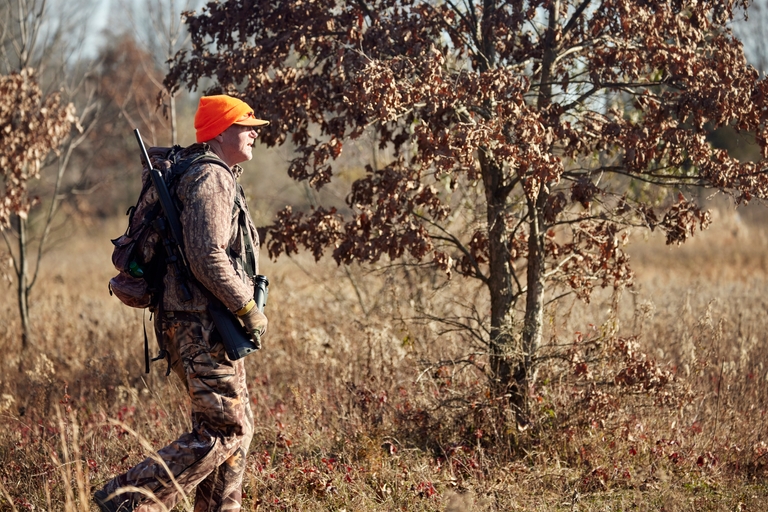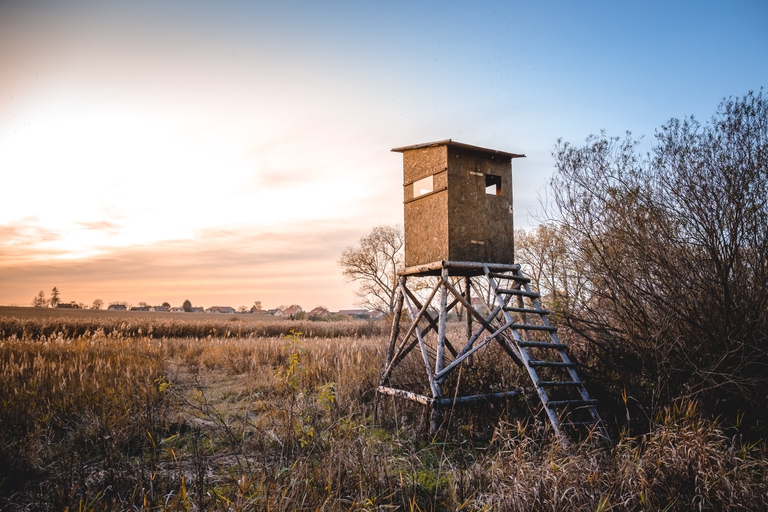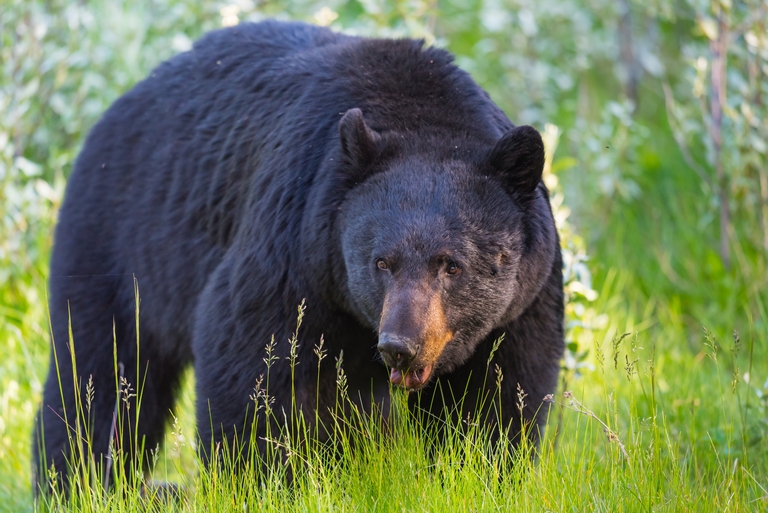Hunter Tip: How to Choose Hunting Boots for Cold Weather
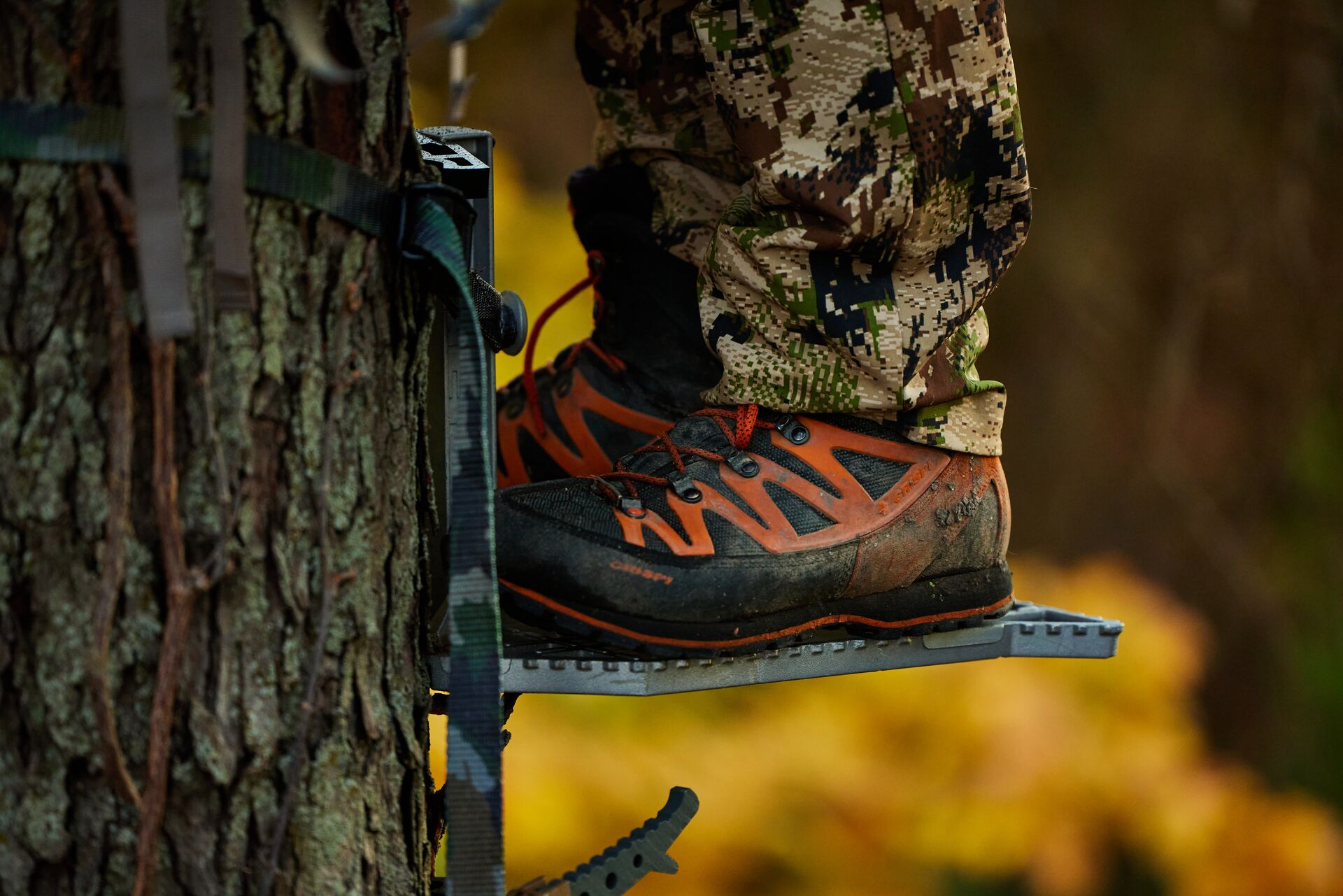
Hunting in cold weather is not easy, and your gear plays a huge role in staying safe and comfortable. The hunting boots you choose will be the difference between a great hunt and an uncomfortable or even dangerous experience.
Whether you're gearing up for late-season deer hunting or venturing into snowy terrain after moose, let's go over what to look for when picking cold-weather hunting boots.
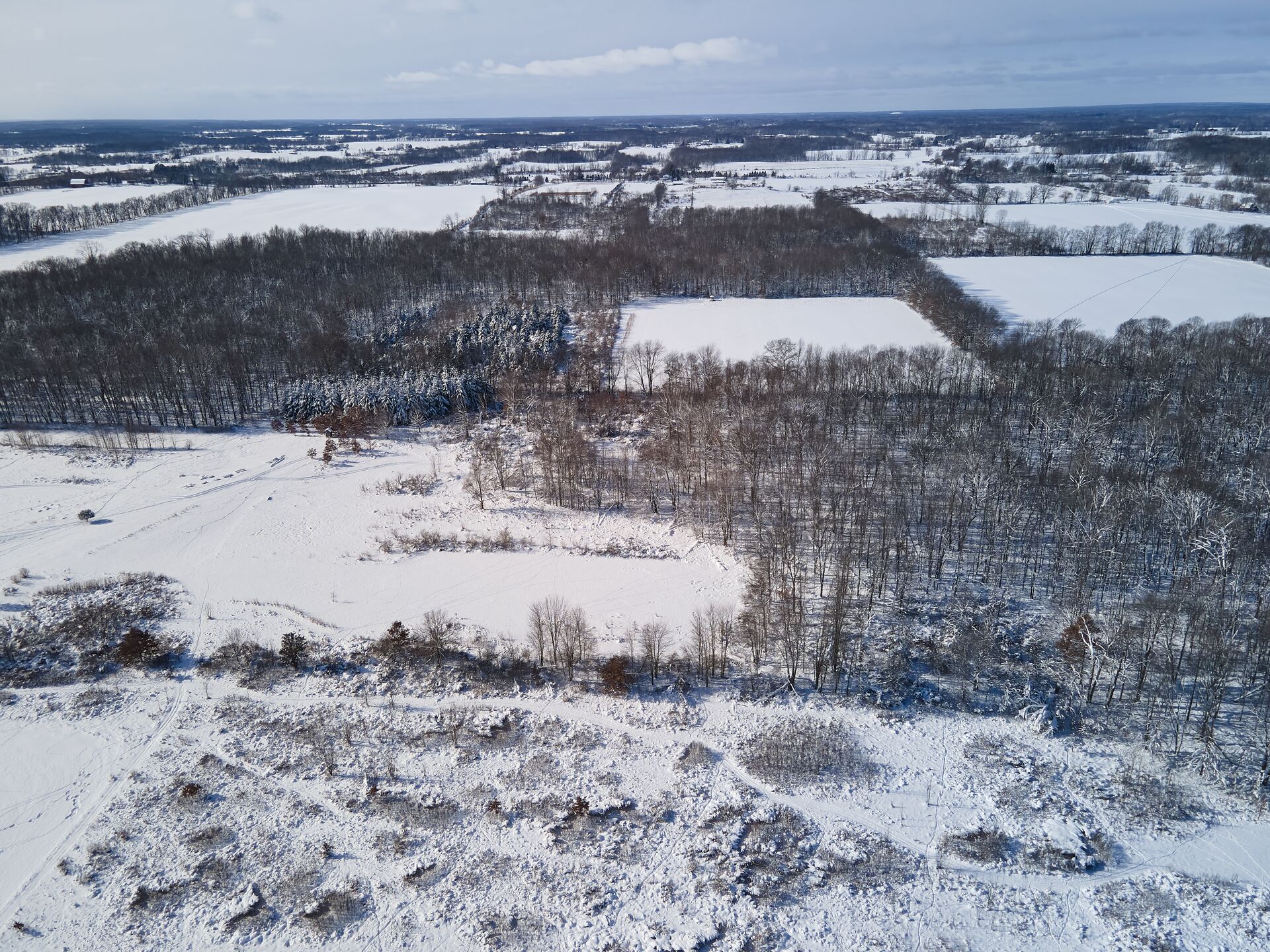
Insulation Is Your Friend
Proper insulation can keep you warm when hunting in the cold and help you stay out longer. Insulation ratings vary widely, and the right one depends on how cold it gets and how much walking you'll be doing.
When exploring the insulation on a pair of boots you have your eye on, keep the following in mind:
- 400g: Good for cool weather or highly active hunting. 400g provides some warmth without overheating.
- 800g: Ideal for moderately cold conditions. These boots provide a good balance of warmth and weight.
- 1200g+: Necessary for extreme cold or stationary hunting. If you sit for long periods in sub-zero temperatures, anything over 1200g offers maximum warmth.
Each rating serves different needs, so match your insulation to your typical hunting conditions.
Waterproofing for Wet Conditions
The winter means a mix of snow, ice, or rain, so waterproofing is non-negotiable. Waterproof boots help keep your feet dry and warm during a late-season hunt, which is critical for comfort and safety.
Consider two types of waterproofing when choosing your boots:
- GORE-TEX: A popular waterproofing technology, GORE-TEX membranes are breathable while keeping out moisture.
- Thinsulate: Often used alongside waterproof linings, it is great for keeping feet warm and dry.
Wet feet are uncomfortable and can even lead to frostbite, so prioritize waterproofing protection when hunting conditions are forecasted to be wet.
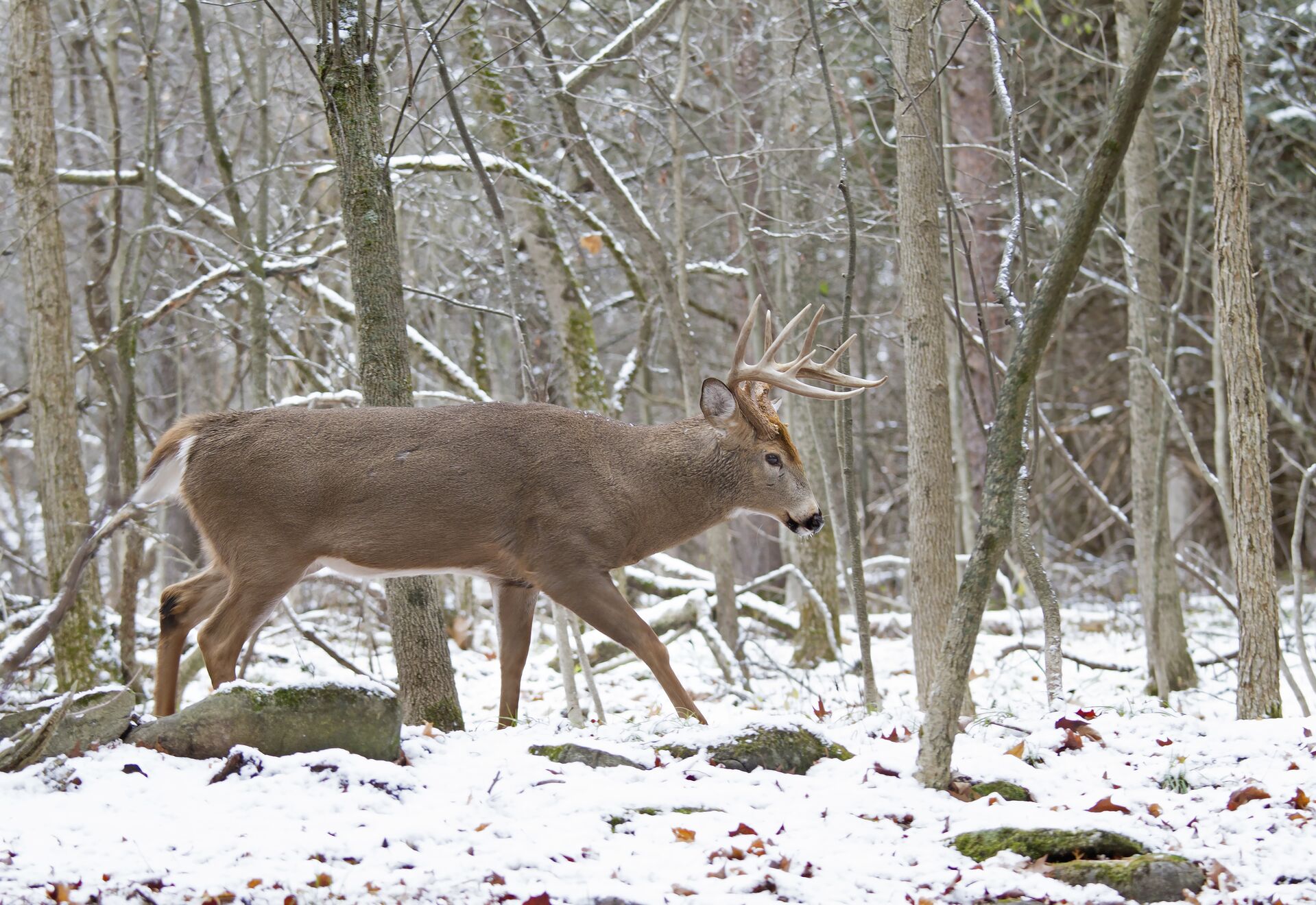
Durability and Traction
Cold-weather hunting often involves unforgiving terrain. Durable boots with good traction are a must-have piece of gear.
Look for boots with rubber outsoles and deep tread to offer a good grip in muddy or icy conditions. Also, reinforced toes and heels mean extra durability in challenging terrain.
Proper Fit and Comfort
Find boots that fit like a glove. A snug fit is essential, but the boots shouldn't be too tight.
To find the right fit for your boots:
- Try them on with the appropriate socks: When trying on boots, wear the socks you plan to use while hunting to get the best fit.
- Break them in: This can't be overstated. Wear your boots for yard work or short hikes before heading out to hunt. Breaking them in ahead of time can prevent blisters and ensure they're comfortable for longer outings.
A proper fit helps maintain blood circulation and avoid blisters. You can't afford either one in cold conditions.
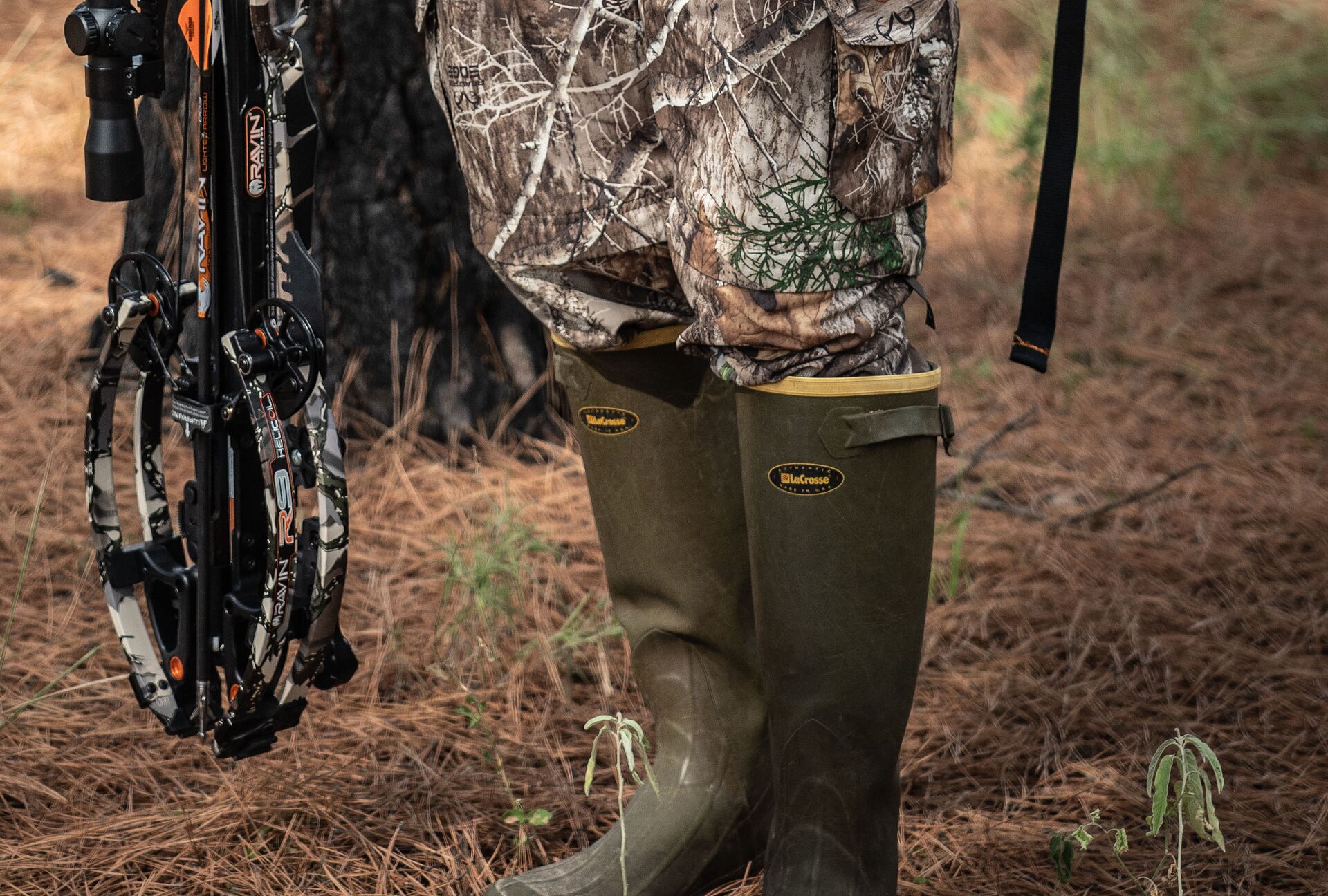
Height and Boot Style
Figure out where and when you are hunting, then choose the best option.
Depending on the terrain and weather conditions, consider the following options for your boots:
- Ankle-Height Boots: Ankle-high boots offer excellent mobility and flexibility. They're a good choice for early-season hunts when deep snow or water isn't a concern.
- Calf-Height Boots: Calf-high boots give more protection to your lower legs. These boots balance flexibility and protection during hunts that involve moderate exposure to wet or muddy conditions.
- Knee-High Boots: Perfect for cold and wet conditions, knee-high boots offer maximum coverage and keep your feet and legs dry when navigating through marshes, streams, or snowy terrain.
Knee-high boots are a good pick for duck hunters. They'll protect against water intrusion and keep your feet dry in marshes and ponds while setting up decoys.
Remember: Different heights work for different hunts, so you'll need more than one pair if you hunt all year.
Breathability and Moisture Management
Breathable boots will help keep your feet dry and warm. Sweat can result in cold, clammy feet that ruin your hunt.
Look for boots with moisture-wicking linings that pull sweat away from your skin, keeping your feet dry. Technologies like GORE-TEX also offer breathability, allowing moisture to escape while preventing external water from getting in.
By keeping your feet dry, you'll retain warmth — improving overall comfort during your hunt.
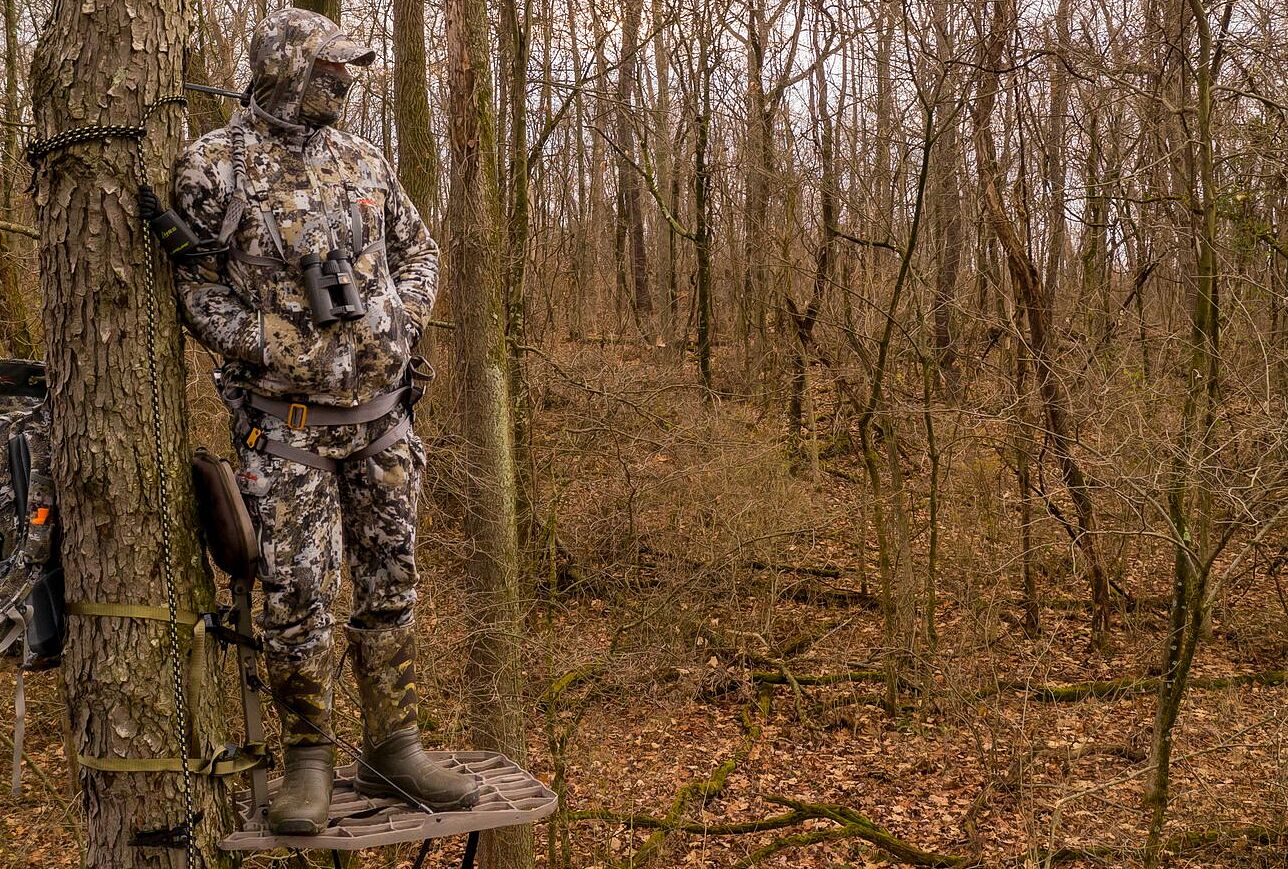
Weight Consideration
Try to balance warmth and mobility. Heavy-duty boots provide excellent insulation but may feel cumbersome, especially on longer treks.
Consider lightweight boots if you plan on moving a lot. While they either cost more or offer less insulation, they can improve mobility. However, for stationary hunts in extreme cold, heavier boots with high insulation are worth the extra weight.
The choice depends on your hunting style. Consider how much ground you'll cover and match your boot's weight to your endurance and needs.
Budget and Brand Considerations
Invest in quality hunting boots for cold-weather hunting. Looking for budget options is probably tempting, but remember that quality boots are a long-term investment in your comfort and safety.
To find the best boots within your price range:
- Set a budget: High-quality boots range from affordable to premium. Determine what you're willing to spend and look for boots with the needed features.
- Research brands: Read reviews for trusted brands known for durability and reliability in extreme conditions. Ask around to find boots that offer good bang for the buck.
Spending more upfront on well-insulated and durable boots can save you money in the long run by reducing the need for frequent replacements.

Choose the Right Cold Weather Hunting Boots and Prioritize Safety in the Field
Except for your gun or bow, your hunting boots will be your most important piece of gear. Insulation, waterproofing, and durability factor are what matters when it comes to keeping your feet dry and warm. Then, the proper fit and the right weight will make your hunt more enjoyable.
Remember, a good pair of boots is a purchase that pays off with each step. Cold only magnifies the importance of your boots, so take the time to find the right pair to enhance your hunt.
Then, be sure you also prioritize safety in the field. Most states require hunters to pass a hunter education course before getting a license. So, even with your boots on your feet, you'll need a hunter education card before you can head out for a hunt.
For a fun and interactive way to learn more about cold weather safety, preparation, firearm safety, hunting basics, and more, consider taking a hunter safety course through Hunter-Ed! Our online courses are a fun and engaging way to learn how to stay safe in the field.
Ready to learn? Choose the course for your state and get started with our free study guides!

Know when you need your warmest, most waterproof boots before hitting the field when you take advantage of a 30-day free trial of HuntWise!
Complete your Hunter-Ed course, then enjoy this special offer.
You'll have access to weather forecasting and mapping features so you can plan your gear based on wet vs. dry conditions and temperatures before heading out for a hunt.
To grab this offer, log into your Hunter-Ed account and follow the instructions after completing your course and exam.

